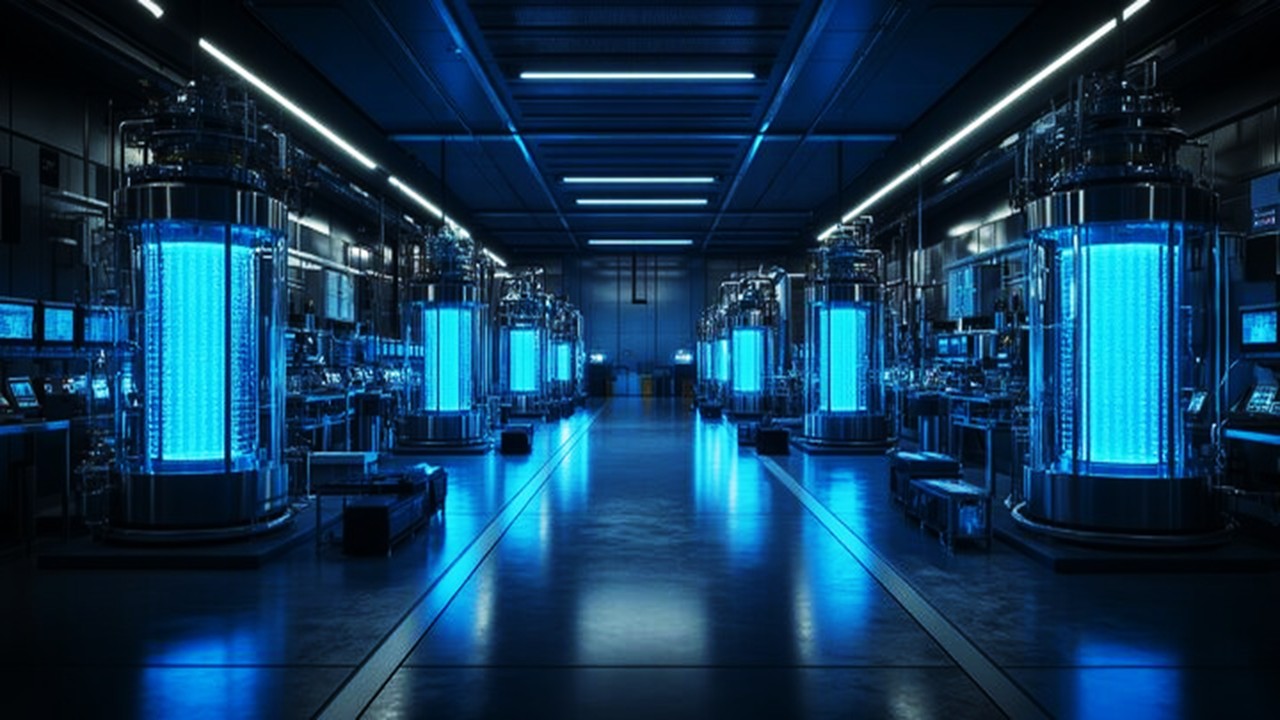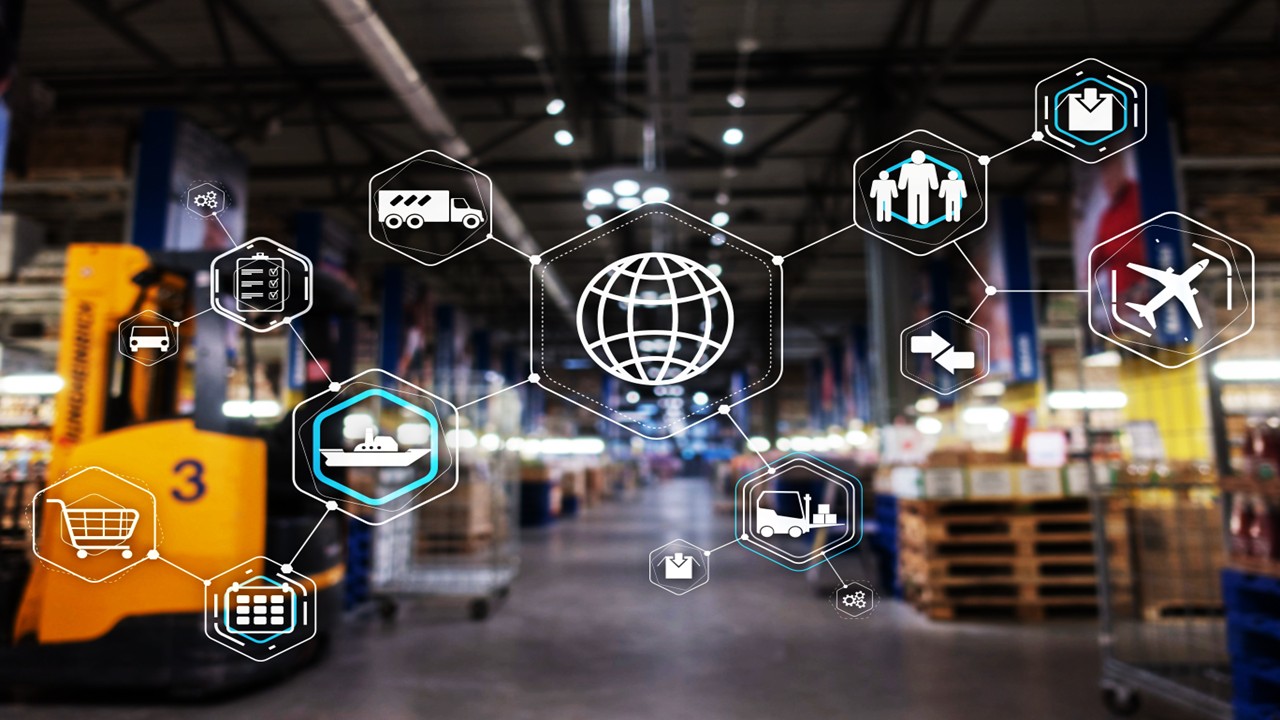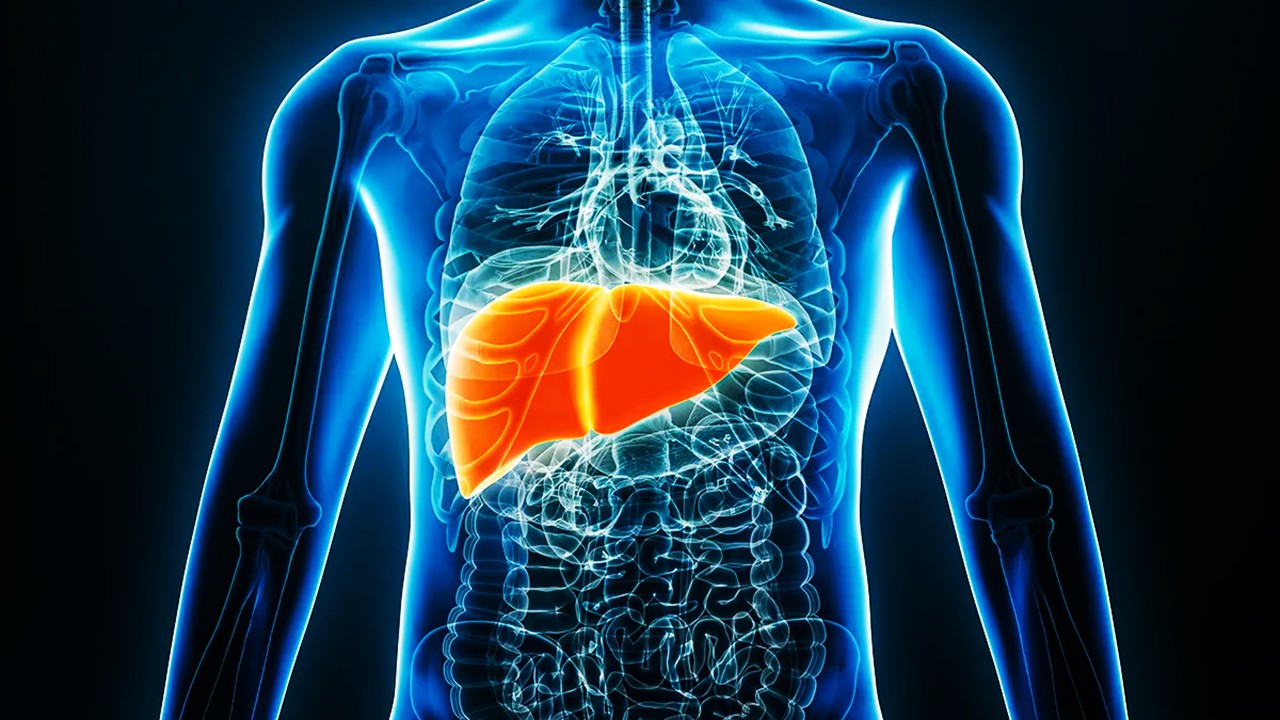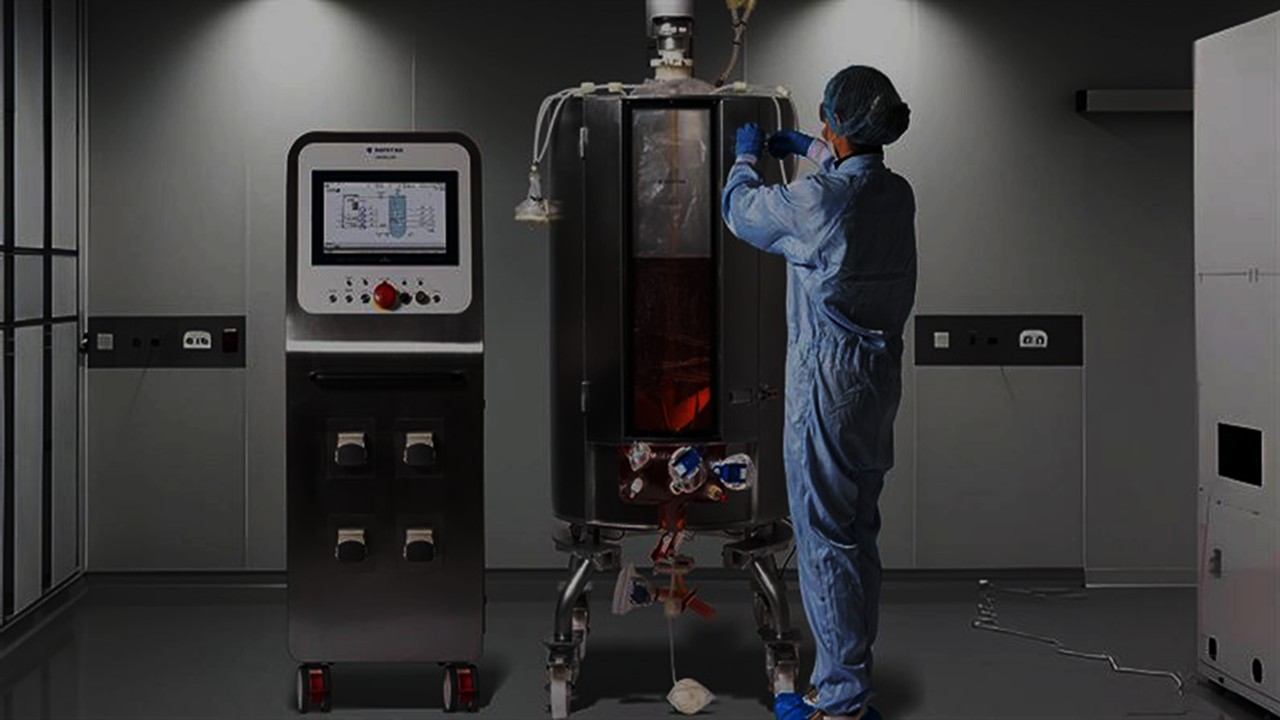The Heat Beneath: Unlocking Earth’s Core for Biological Control
Beneath the seemingly static surface of the Earth lies a tumultuous reservoir of thermal potential, long admired for its role in heating and electricity generation, but seldom invoked in the ultra-sterile chambers of biomanufacturing. The use of geothermal energy in drug production facilities may sound like an architectural novelty, but it represents a shift in how life sciences companies approach environmental regulation—particularly when climate variability begins to interfere with process precision. In biologics manufacturing, where thermal drift and ambient instability can compromise entire batches, geothermal heating and cooling offer a remarkable promise: geological constancy. Unlike solar or wind, which fluctuate with seasonality and weather, geothermal systems deliver a constant baseline of temperature regulation, which is the beating heart of controlled bio-reactive environments.
This transformation of thermal strategy is not only a matter of sustainability but one of process integrity. Biomanufacturing demands extraordinarily narrow tolerances of temperature, pressure, and humidity, particularly in processes such as cell line fermentation, monoclonal antibody production, and gene therapy vector formulation. Traditional HVAC systems rely on externally driven energy grids that are increasingly vulnerable to climate stress, grid saturation, and outage frequency. In contrast, geothermal loops penetrate bedrock or aquifers to draw from a deep, undisturbed thermal bank, using water or refrigerants circulated through closed loops to absorb or dissipate heat with minimal surface disruption. In this context, geothermal energy becomes less of a passive resource and more of a deterministic engineering variable for maintaining bio-stability.
The correlation between thermal control and biological yield is often underestimated in public discourse but deeply embedded in industrial reality. Mammalian cell cultures, which are notoriously fragile, require exact temperature mapping across time and space within the reactor. Even marginal fluctuations in core room temperature can cascade through media preparation rooms, clean zones, and reactor cores, subtly altering metabolic fluxes, cell viability, and protein expression kinetics. Geothermal systems offer thermodynamic inertia—the capacity to resist fast swings in temperature—thus creating a buffer zone where cellular pathways can function with fewer perturbations.
This buffering capacity, however, must be engineered thoughtfully into the architecture of manufacturing sites. It is not a simple replacement of boilers and chillers with a geothermal array; rather, it involves recalibrating entire thermal management philosophies to harness the latent heat underground. This includes integrating dual-source heating loops, modulating flow rates based on fermentation phases, and embedding geothermal control into programmable logic controllers that adapt to batch-wise demands. With such integration, biomanufacturing sites move beyond energy efficiency and into a new paradigm of process precision governed by Earth’s own heartbeat.
Biomanufacturing’s Thermodynamic Vulnerability: The Case for Energy Stability
Biological systems, by nature, are chemically unstable and subject to complex degradation pathways when environmental constraints are violated. In pharmaceutical manufacturing, this vulnerability becomes amplified, particularly in continuous or perfusion-based systems where even a five-minute deviation in environmental control may result in weeks of yield loss. Bioreactors function not just as vessels of reaction but as finely tuned thermodynamic environments, and as such, the ambient control system acts as an invisible regulator of cell physiology. Geothermal energy, with its subterranean constancy, offers an avenue to replace these traditionally volatile heating and cooling inputs with smoother, inherently regulated transitions that protect the biological system from energetic chaos.
Consider the manufacturing of advanced therapy medicinal products (ATMPs), such as autologous cell therapies or viral vector-based vaccines. These require sustained and uninterrupted cooling chains not only during storage but also during in-process handling and transport across cleanrooms. Any interruption in thermal equilibrium can denature proteins, rupture vesicles, or kill critical cells. Unlike fossil-fueled HVAC systems, which may take several minutes to ramp up or cool down, geothermal systems operate with significantly less thermal lag due to their high heat capacity interfaces and embedded thermal inertia. This capability is critical in upholding the biological time constraints inherent in these novel therapeutic products.
Thermal resilience is also central to mitigating the operational cost of nonconformance. Investigations into batch failures often trace back to environmental drift—microscopic temperature deviations that cascade into out-of-spec conditions. The documentation required for root cause analysis is complex, involving temperature mapping logs, humidity records, and HVAC function reports. By stabilizing the heat input source, geothermal systems significantly reduce the variance in these logs, narrowing the investigative window and allowing for clearer attribution in compliance audits. This leads not only to better product yield but also more efficient quality assurance.
This dimension of energy resilience intersects critically with the risk management philosophies embedded in Good Manufacturing Practice (GMP). GMP does not merely require appropriate environmental control—it demands documented reproducibility. Geothermal platforms, with their programmable heat profiles and minimal external dependency, enhance the predictability of these control parameters. As pharmaceutical manufacturing shifts increasingly toward biologics and personalized therapies, the infrastructure that supports the microenvironment must evolve from reactive to preemptive—something geothermal energy systems are uniquely poised to do.
Subsurface Design: Integrating Geothermal Architecture in Biotech Facilities
Deploying geothermal systems within the architecture of pharmaceutical manufacturing demands a multi-layered approach that spans site geology, hydrodynamics, mechanical engineering, and pharmaceutical compliance. The engineering challenge begins with drilling vertical boreholes or excavating horizontal loops, but it quickly evolves into the computational modeling of heat exchange rates based on subsurface properties. Rocks, clays, and aquifers have varying thermal conductivities and storage capacities, and thus, the performance of a geothermal system must be engineered to match the process intensity of the biomanufacturing load profile.
The geothermal array cannot function in isolation from the overall HVAC design. Hybrid systems, where geothermal acts as a base load provider supplemented by variable refrigerant flow (VRF) systems, are increasingly becoming the norm in facilities where seasonal load variation exists. The most efficient designs operate on a zonal logic—allocating geothermal heat exchange primarily to cleanroom cores and media prep areas while allowing secondary systems to fine-tune ancillary zones. This architectural coordination creates thermal gradients that reflect process importance, minimizing the thermal stress on high-sensitivity bioreactors while conserving system-wide energy draw.
Inside the facility, floor-level integration of geothermal piping with radiant heating systems allows for even temperature distribution across sterile floors, avoiding hotspots or cold spots that can cause microbial growth or condensation-related contamination. Integration into building management systems (BMS) enables facility engineers to monitor geothermal loop performance in real-time, adjusting flow, pressure, and temperature setpoints based on predictive analytics and bio-batch phase requirements. This degree of integration transforms geothermal from a static utility to a dynamic participant in pharmaceutical production.
From a construction and permitting perspective, the inclusion of geothermal systems also influences how regulatory agencies evaluate pharmaceutical manufacturing sites. Environmental impact assessments increasingly reward sustainable building practices, and geothermal inclusion can significantly improve a facility’s lifecycle sustainability index. In some cases, this may expedite permit acquisition or open eligibility for green manufacturing grants, positioning the facility as both economically and ecologically optimized.
Metabolic Equilibrium Meets Thermodynamic Inertia
In the realm of biomanufacturing, metabolic flux is the kinetic outcome of a controlled thermodynamic landscape. The enzymes that drive glycosylation, phosphorylation, and transcriptional processes are themselves modulated by thermal fluctuations, often in highly nonlinear ways. Geothermal energy offers a rare ability to control these fluctuations not just at the bulk level but at the environmental perimeter, enforcing equilibrium across multiple metabolic subprocesses. This offers particular value in upstream processing where biomass accumulation is temperature-dependent, as well as downstream filtration where viscosity is tied to thermal gradients.
One must consider the feedback loops embedded in cellular manufacturing. Heat generation from metabolic processes increases the thermal burden within bioreactors, particularly in high-density cultures. A geothermal system, with its closed-loop heat absorption capabilities, creates a self-moderating platform that allows for dynamic offsetting of this metabolic heat. Such synergy reduces the stress on traditional chilling systems and prevents over-reliance on emergency cooling—a crucial factor when managing living systems that cannot be paused.
Further, thermodynamic control enables better predictability of post-translational modifications (PTMs), a critical quality attribute in biologics manufacturing. Variations in temperature not only affect yield but also glycoform distribution, a determinant of pharmacokinetic behavior and immunogenicity. In this regard, geothermal thermal inertia contributes indirectly to therapeutic efficacy by stabilizing the cellular machinery that performs these modifications. When the thermal envelope remains narrow and unwavering, cells can perform with greater uniformity, enabling batch-to-batch consistency.
Perhaps most crucially, geothermal systems allow for decentralization of risk. In multi-suite operations where various biotherapeutics are produced under modular isolation, the geothermal system provides a thermodynamic anchor across all zones. By centralizing the heat source but allowing for zonal control, the facility achieves both systemic uniformity and operational flexibility—two seemingly contradictory objectives that geothermal systems reconcile with elegant engineering.
Transitioning from Fossil to Geothermal: Bioindustry Energy Futures
The biopharmaceutical industry stands at a crossroad where energy sustainability converges with precision medicine. Most facilities still operate with fossil-based HVAC systems, driven by legacy infrastructure and capital lock-in. Transitioning to geothermal requires more than a technology swap—it necessitates a philosophical shift in how we conceptualize energy within biologically reactive environments. This shift is already underway in leading-edge biomanufacturing clusters in Scandinavia and parts of East Asia, where government policies incentivize low-carbon energy transitions tied to life sciences output.
Barriers to adoption include initial capital expense, perceived risk of underperformance, and integration complexity within GMP environments. However, these concerns are being incrementally addressed through demonstration facilities and public-private partnerships. Pilot projects are underway that showcase not only the functional feasibility of geothermal-powered biologics manufacturing, but also their economic resilience, as the energy savings accumulate steadily over the plant’s lifecycle.
The strategic implications for energy independence cannot be overstated. As geopolitical disruptions increasingly threaten fossil energy supply chains, facilities tethered to localized geothermal systems gain energy autonomy. For operations involving sensitive clinical-grade biologics or vaccine production, this autonomy translates into regulatory resilience and uninterrupted global supply commitments—critical in pandemics or emergency response settings.
The confluence of energy and biotechnology thus emerges as a vital frontier, where thermodynamics meets synthetic biology in a controlled dance of precision. Geothermal systems represent not just an energy pivot but a foundational redesign of pharmaceutical ecology. As industry leaders align their ESG mandates with process integrity goals, geothermal rises not as a romantic green alternative, but as a deeply pragmatic, scientifically grounded enabler of the next generation of precision biomanufacturing.
From Earth to Cure: The Geological Pillar of Future Bioprocesses
The fusion of geothermal energy with biologics manufacturing invites a radical reconsideration of what it means to control biology through environmental mastery. It suggests that the very forces that forged our planet can now be rechanneled to guide microscopic life toward therapeutic outcomes. In a world of climate instability and increasing demands for biological precision, the ground beneath our feet may well become the most stable partner in the complex choreography of drug development.
Future facilities are being conceptualized as geo-integrated biospheres—structures where the thermal boundaries are defined not by mechanical chillers but by the Earth’s own latent equilibrium. These aren’t merely green buildings; they are sentient infrastructure that harmonizes with the kinetics of bioprocessing. Engineers are exploring hybrid geothermal-photovoltaic microgrids to enhance resilience further, while AI-driven building management systems are being trained to modulate geothermal flow profiles in anticipation of biologic reaction cycles.
Perhaps what is most compelling is the symbolic full circle this represents. Life sciences—so often focused on altering or amplifying nature—are now working with it, not against it. As geothermal energy stabilizes the conditions for genetic vectors to deliver cures, for monoclonal antibodies to fold correctly, or for vaccines to be brewed with unwavering consistency, we witness a new form of collaboration: not between man and machine, but between molecular biology and planetary geology.
The implications are profound. With geothermal infrastructure as a stabilizing force, pharmaceutical manufacturers gain a new layer of control—one not governed by fossil volatility or climate uncertainty, but by a constant that predates civilization itself. In the future of biomanufacturing, the Earth is not just the setting; it becomes part of the system.
Engr. Dex Marco Tiu Guibelondo, B.Sc. Pharm, R.Ph., B.Sc. CpE
Editor-in-Chief, PharmaFEATURES

Subscribe
to get our
LATEST NEWS
Related Posts
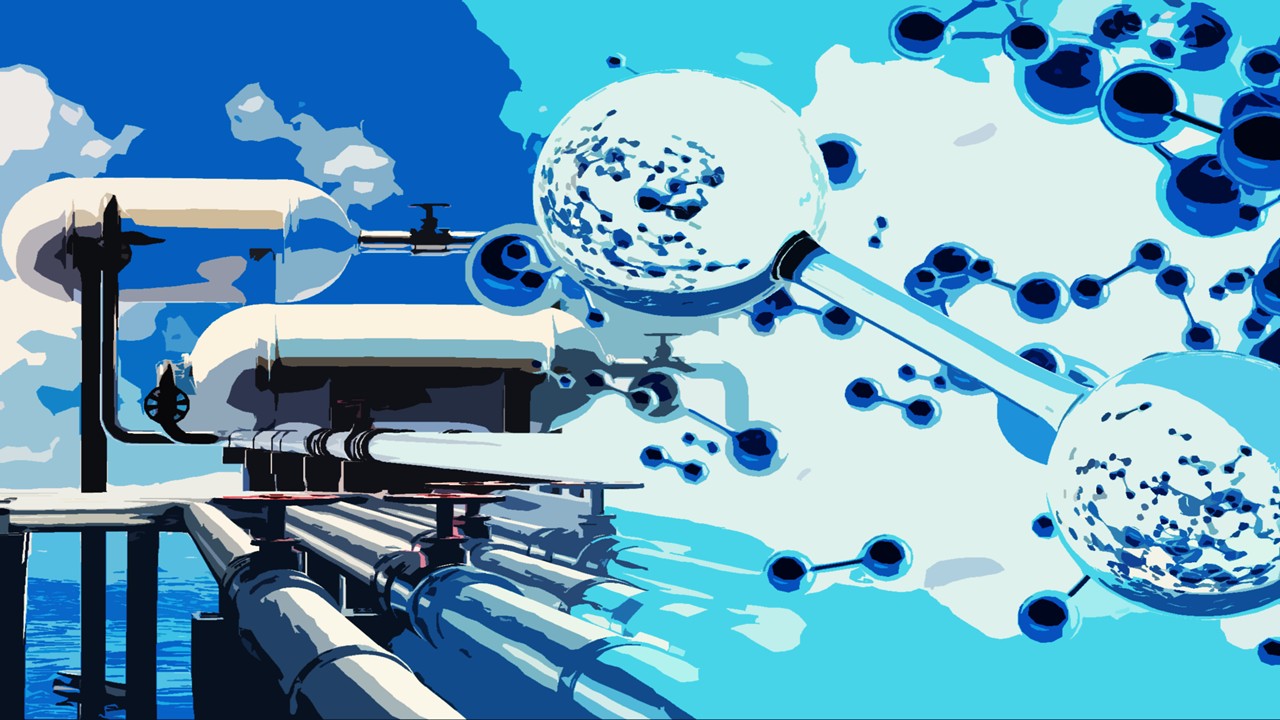
Chemistry, Manufacturing & Controls
The Hydrogen Equation: Rewriting Chemical Manufacturing for a Cleaner Future
Clean hydrogen symbolizes more than low emissions—it represents a commitment to circularity, precision, and regenerative design.

Chemistry, Manufacturing & Controls
The Biomass Imperative: Nature’s Chemical Feedstock for a Post-Petroleum World
The transition from fossil to biomass feedstocks represents more than substitution—it’s a fundamental reimagining of chemical manufacturing’s first principles.
Read More Articles
Mini Organs, Major Breakthroughs: How Chemical Innovation and Organoids Are Transforming Drug Discovery
By merging chemical innovation with liver organoids and microfluidics, researchers are transforming drug discovery into a biologically precise, patient-informed, and toxicity-aware process.
Tetravalent Vaccines: The Power of Multivalent E Dimers on Liposomes to Eliminate Immune Interference in Dengue
For the first time, a dengue vaccine candidate has demonstrated the elusive trifecta of broad coverage, balanced immunity, and minimal enhancement risk,




